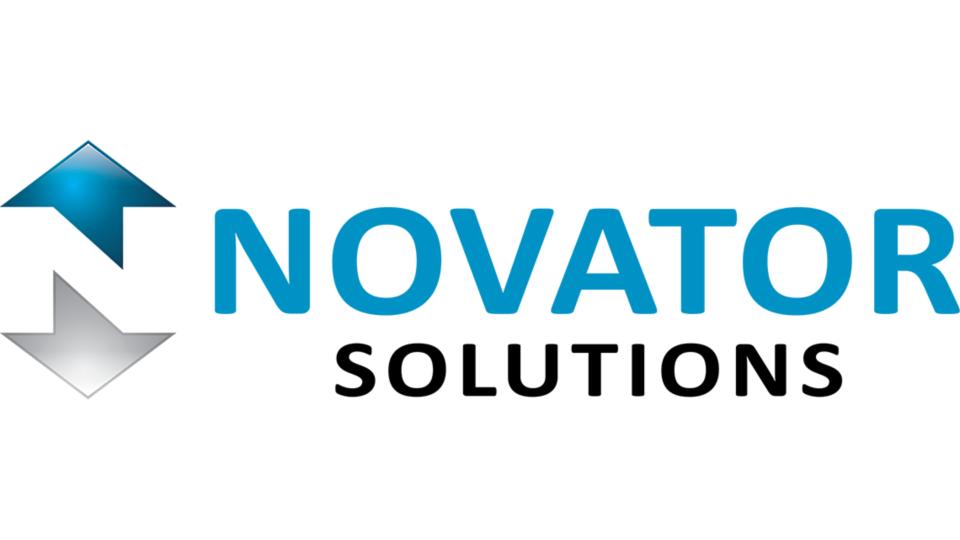Deploying Signals Intelligence Systems
Signals intelligence (SIGINT) system designers must quickly adapt to new threats. Deploying new capabilities to fixed-function spectrum monitoring systems may require algorithms to be prototyped on mission systems with firmware updates, or code may need to be rewritten to transfer it from the lab to the field. This may require larger teams with hardware description language (HDL) expertise and could delay critical capabilities from reaching the field. Organizations delivering SIGINT systems must:
Prototype new algorithms for signal detection, classification, and identification faster
Rapidly assess the performance of novel algorithms and architectures in the lab
Transition new capabilities to fielded systems faster with minimal code refactoring
Integrate spectrum monitoring receivers into electronic support infrastructure for database storage or situational awareness
Share local oscillators across multichannel systems to achieve phase coherency for localization of emitters
Deploying SIGINT Systems with NI COTS Hardware
- NI’s PXI systems provide high-performance modular receivers with RF synchronization across multichannel arrays
- PXI Vector Signal Transceivers combine RF signal generation and analysis with a user-programmable FPGA, covering frequencies up to 54 GHz and with up to 2 GHz of bandwidth
- NI PXI Vector Signal Analyzers perform spectrum measurements, demodulation, and signal analysis with a displayed average noise level (DANL) as low as -167 dBm/Hz
- PXI FlexRIO IF Transceivers enable direct RF acquisition up to 6 GHz, combining analog input and a user-programmable FPGA into a customizable instrument
- USRP Software Defined Radio devices are reconfigurable RF units that combine host-based processors, FPGAs, and RF front ends, with up to 1.6 GHz of bandwidth
Solution Advantages
-
I/O and processing modules may be targeted in programming environments such as NI LabVIEW, C/C++, MathWorks® MATLAB® software, and open-source tools
-
Local oscillators (LOs) can be shared across many modules, including PXI VSTs and some USRP devices, allowing phase coherency for direction finding
-
Systems can take advantage of heterogeneous computing, using onboard FPGAs for low latency responses or GPU acceleration of cognitive techniques
-
Modular systems can be quickly reconfigured to adapt to new signals or threats, through hardware expansion or software modification
Build Your Solution with the NI Ecosystem
NI offers a variety of solution integration options customized to your application-specific requirements. You can use your own internal integration teams for full system control or leverage the expertise of NI and our worldwide NI Partner Network to obtain a turnkey solution.

The NI Partner Network is a global community of domain, application, and development experts. NI works with partners that combine COTS hardware and software with SIGINT IP to form turnkey EW solutions. An example is Novator Solutions, whose HUGIN 4000 Strategic COMINT Receiver is built on NI PXI modular instruments and can be deployed directly at SIGINT sensor sites.
NI works with customers throughout the life of an application, delivering training, technical support, consultation and integration services, and maintenance programs. Teams can discover new skills by participating in NI-specific and geographic user groups and build proficiency with online and in-person training.